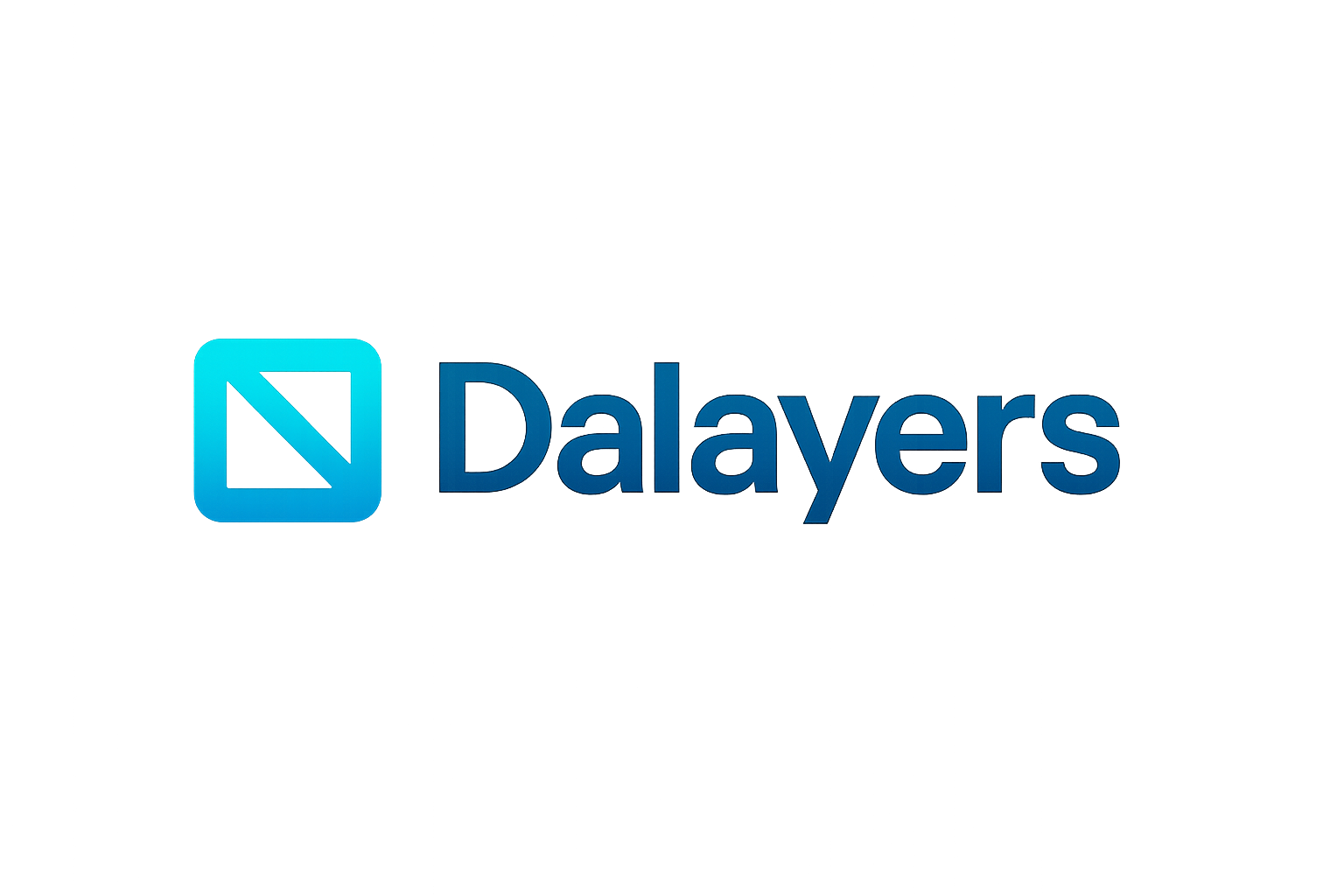
For years, the scalability of blockchains has been capped by the limitations of monolithic architectures and the cryptographic structures underpinning them. At the heart of these constraints lies the Merkle tree: a data structure that enables efficient verification of blockchain data but also grows in both size and complexity as network activity increases. As more users and applications demand higher throughput and cheaper transactions, these Merkle tree-based systems face mounting challenges with storage, bandwidth, and proof generation, especially for light clients operating with limited resources.

Why Monolithic Blockchains Hit a Scalability Wall
Traditional “monolithic” blockchains like Bitcoin and Ethereum bundle execution, consensus, and data availability into a single layer. This design means every node must process every transaction and download all associated data to maintain network security. While this ensures strong decentralization, it creates bottlenecks as blockchains grow:
- Storage overload: All nodes must store the entire transaction history, leading to massive storage requirements over time.
- Network congestion: As more users join, propagating larger blocks becomes slower and less reliable.
- Inefficient proofs: The size of Merkle proofs grows with the chain, making it harder for light clients to verify transactions without downloading gigabytes of data.
This is particularly problematic when aiming for planetary scale blockchain adoption. According to research on Quick Merkle Database (QMDB), even advanced Merkle tree optimizations struggle to keep up as state sizes balloon in high-demand environments.
The Modular Data Availability Revolution
The modular blockchain thesis flips this paradigm by decoupling core functions into specialized layers, each optimized for a specific role. The data availability (DA) layer is arguably the most transformative innovation in this stack. Instead of requiring every node to store all transaction data, DA layers like Celestia provide a shared “data backbone” where block data is published, sampled, and verified independently from execution or consensus logic.
This approach offers several advantages over monolithic chains relying on classic Merkle trees:
Key Benefits of Modular DA Layers Over Traditional Merkle Trees
-
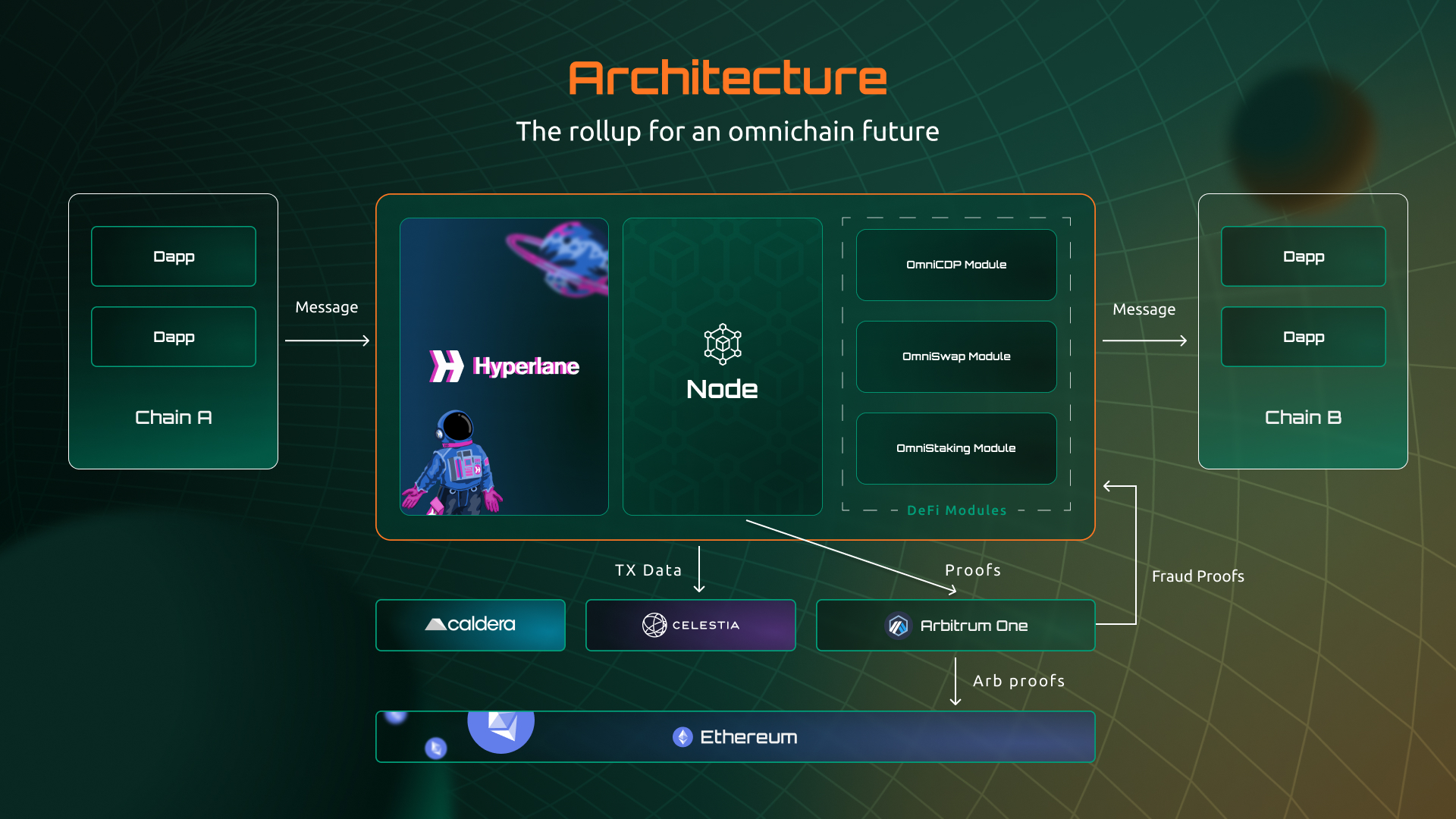
Enhanced Scalability via Decoupling: Modular DA layers, like Celestia, separate data availability from execution and consensus, allowing each layer to scale independently and supporting higher transaction throughput.
-
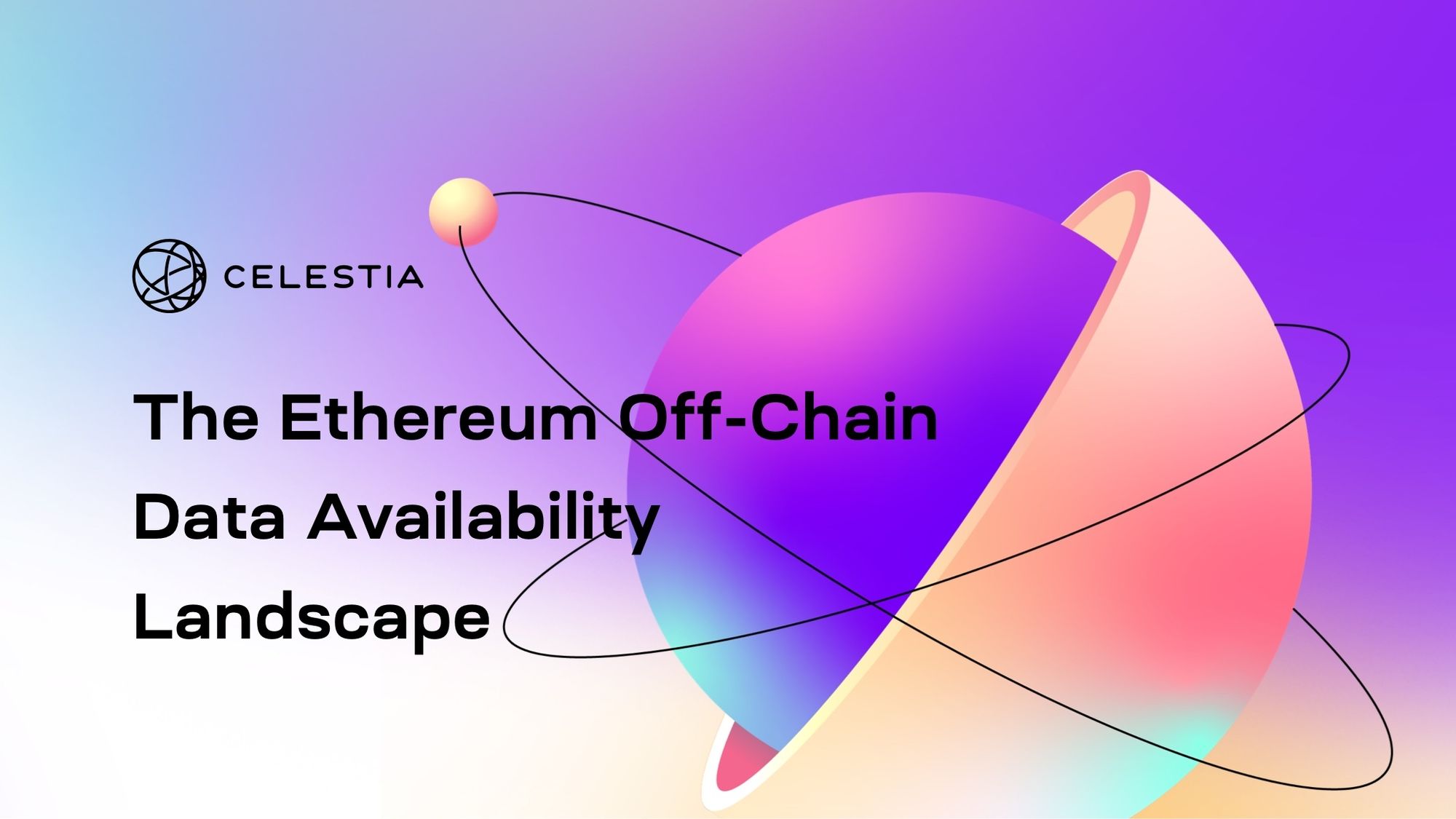
Efficient Data Verification for Light Clients: Innovations such as Data Availability Sampling (DAS) enable light nodes to verify data availability by sampling small portions of blocks, drastically reducing bandwidth and storage requirements compared to full Merkle tree proofs.
-
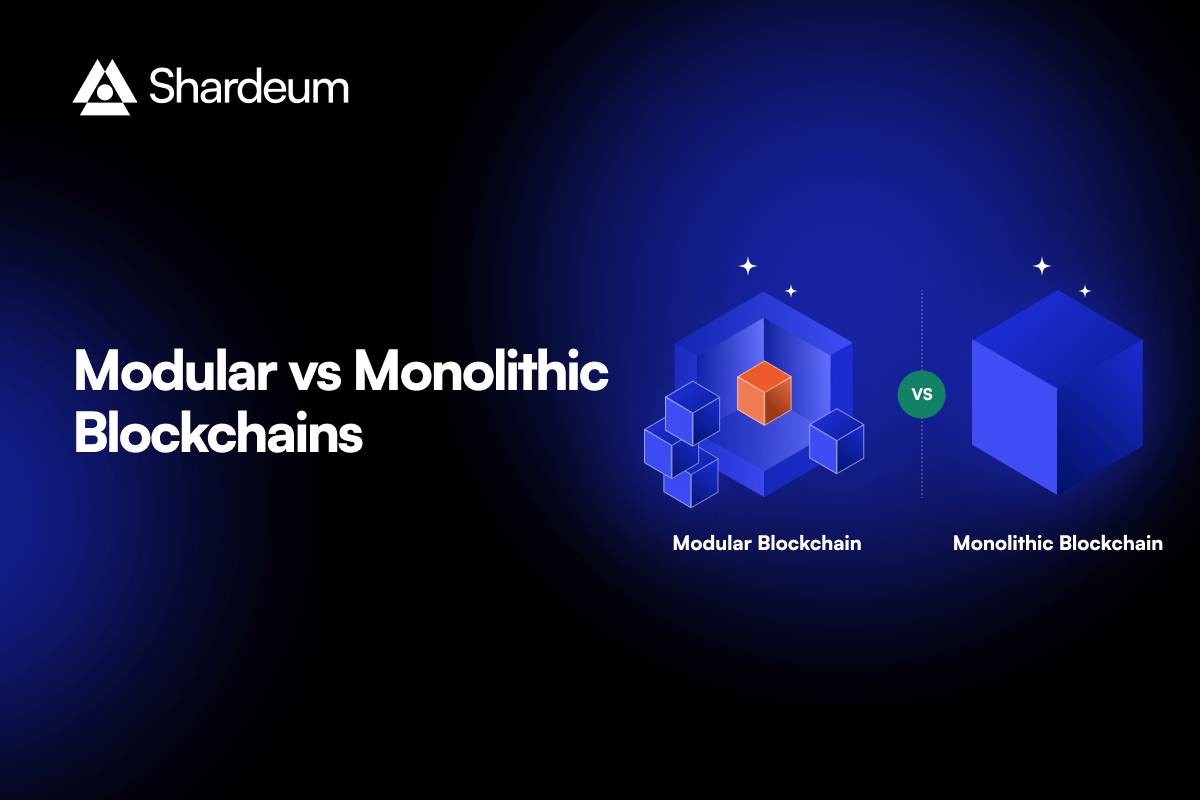
Reduced Resource Burden on Nodes: By offloading data storage and availability to a specialized layer, modular blockchains prevent network congestion and lower hardware demands for individual nodes, making participation more accessible.
-
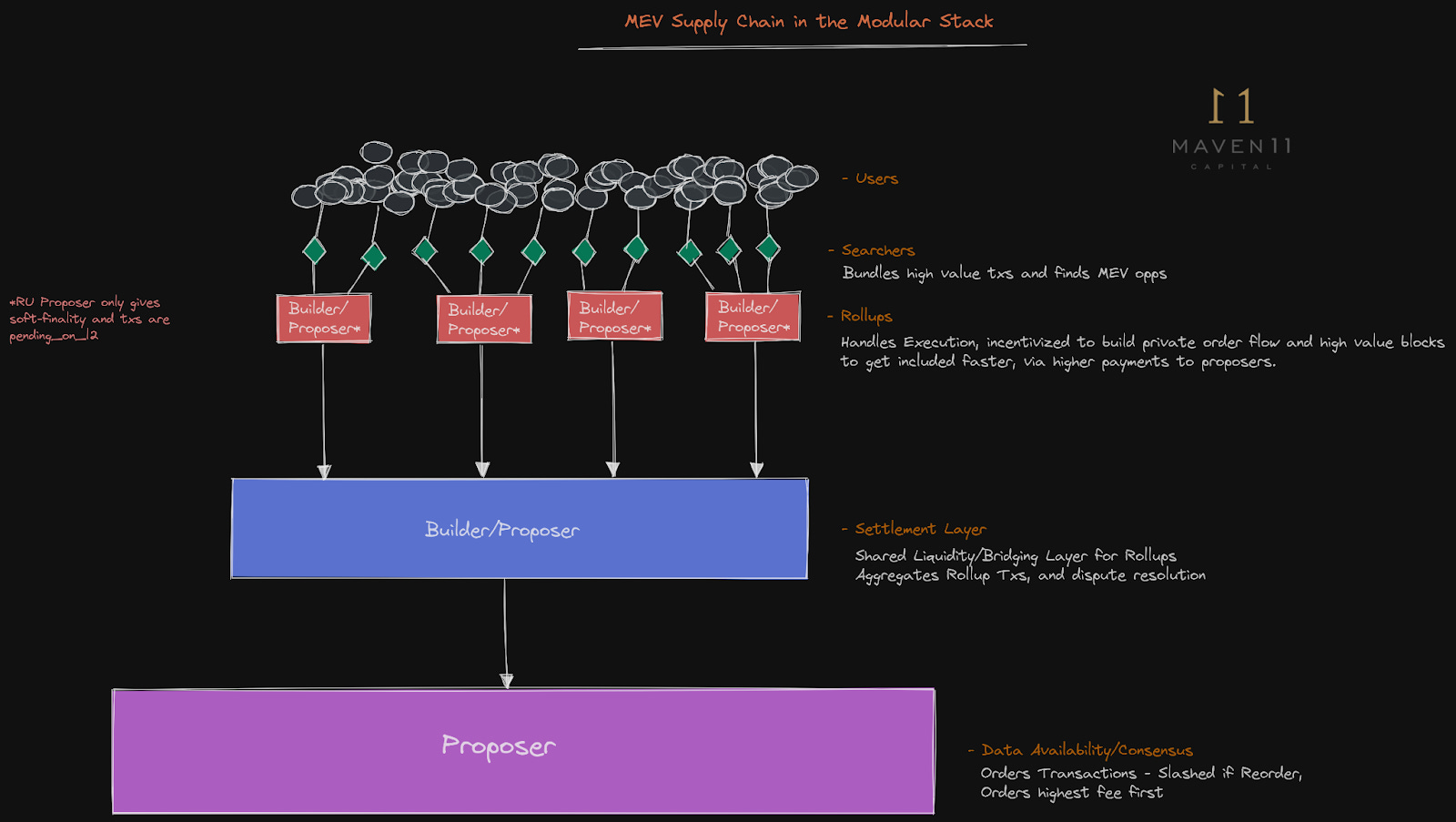
Support for Application-Specific Chains and Rollups: Modular DA layers facilitate the creation of custom blockchains and rollups that share a common, secure data layer, promoting ecosystem flexibility and rapid innovation.
-
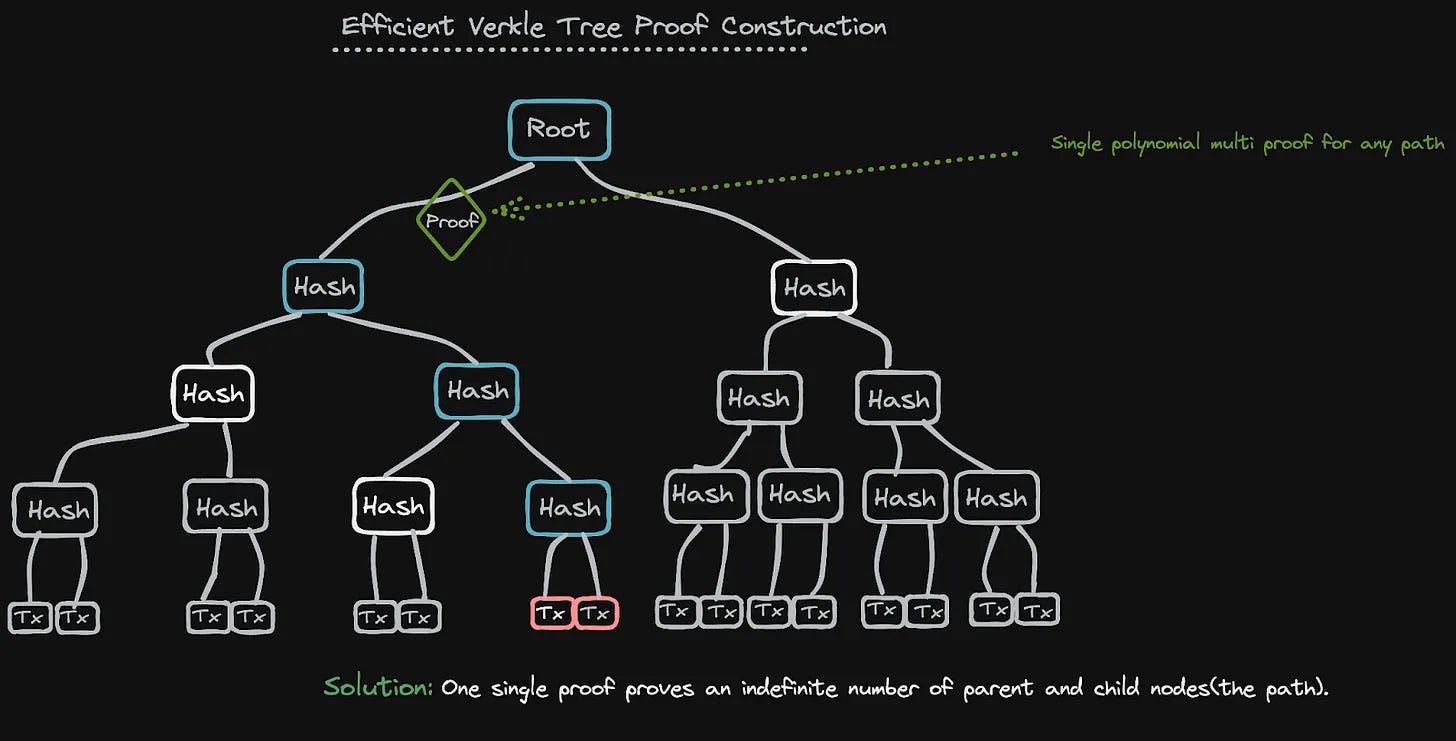
Improved Data Partitioning and Access: Features like Namespaced Merkle Trees (NMTs) allow data to be organized into namespaces, so nodes can efficiently access only relevant data segments, further optimizing performance.
Data Availability Sampling (DAS): Rather than downloading entire blocks or full Merkle proofs, nodes can randomly sample small portions of block data. If enough samples are available across many nodes, they can collectively guarantee that all underlying transaction data exists without needing every byte themselves. This dramatically reduces bandwidth requirements for validators and light clients alike.
Namespaced Merkle Trees (NMTs): Celestia’s implementation introduces Namespaced Merkle Trees which partition block space into namespaces, allowing applications or rollups to efficiently locate only their relevant subset of transactions within a large block. This further lowers proof sizes and accelerates verification for specialized use cases (see BTS Labs’ explainer).
Tackling Blockchain Storage Challenges at Scale
The implications are profound: by offloading storage-intensive tasks to dedicated DA layers, modular blockchains enable much higher throughput without sacrificing security or decentralization. Light clients can now participate meaningfully in consensus with minimal hardware, an essential property for global adoption where billions may need access from mobile devices or low-power machines.
- SPV proof size shrinks dramatically, making lightweight verification feasible even as chains grow into petabyte territory.
- Blockchain throughput limits are lifted, since execution environments can process far more transactions without being bottlenecked by storage constraints.
- Diverse rollups and app-chains can share a single DA layer, fostering interoperability while maintaining robust guarantees about transaction inclusion.
Notable Projects Leveraging Modular DA Layers
-
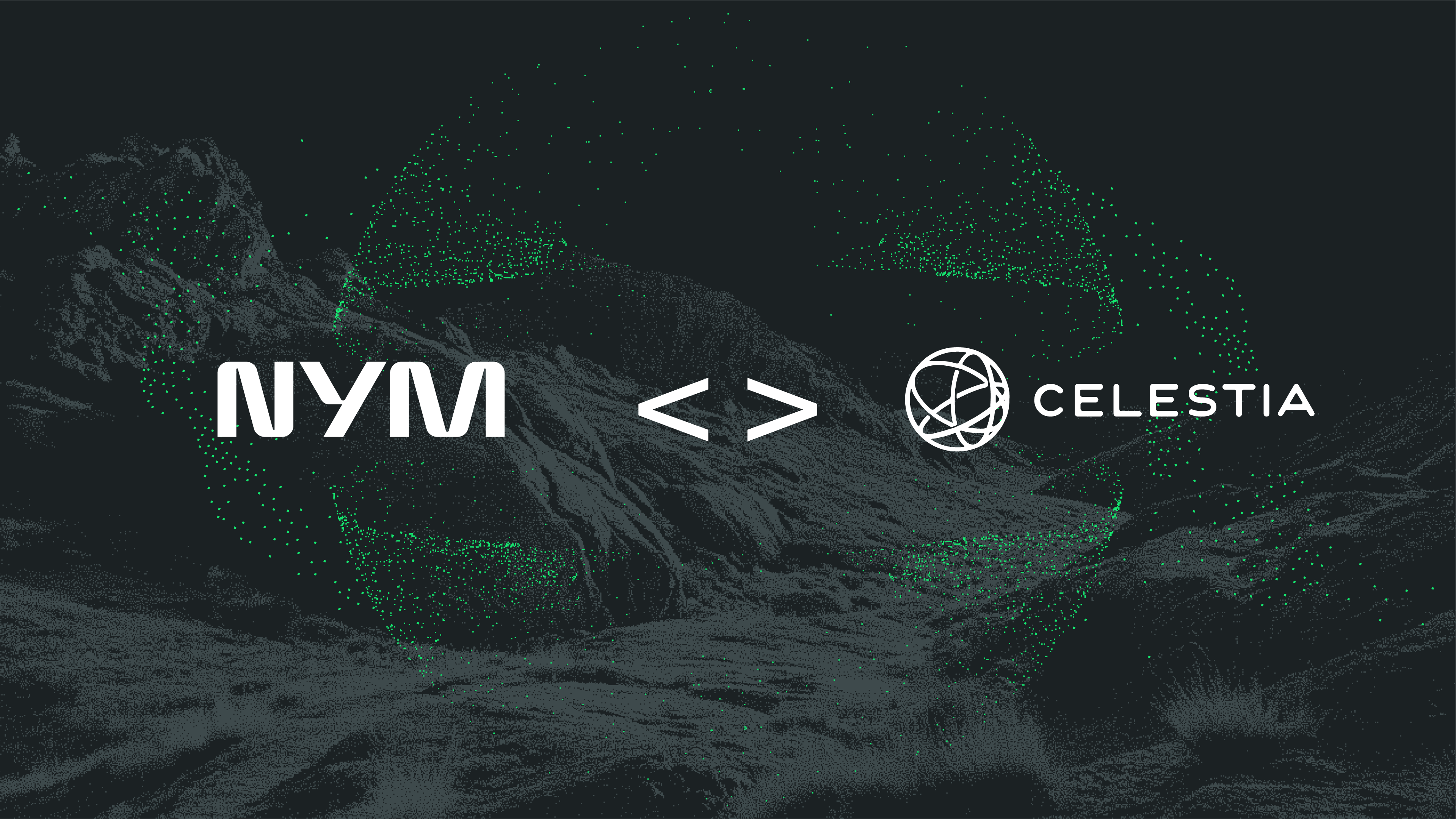
Celestia: The pioneering modular data availability network. Celestia provides a scalable DA layer that enables developers to deploy their own blockchains and rollups without building consensus or data availability from scratch. Its Data Availability Sampling (DAS) and Namespaced Merkle Trees (NMTs) are key innovations driving adoption.
-
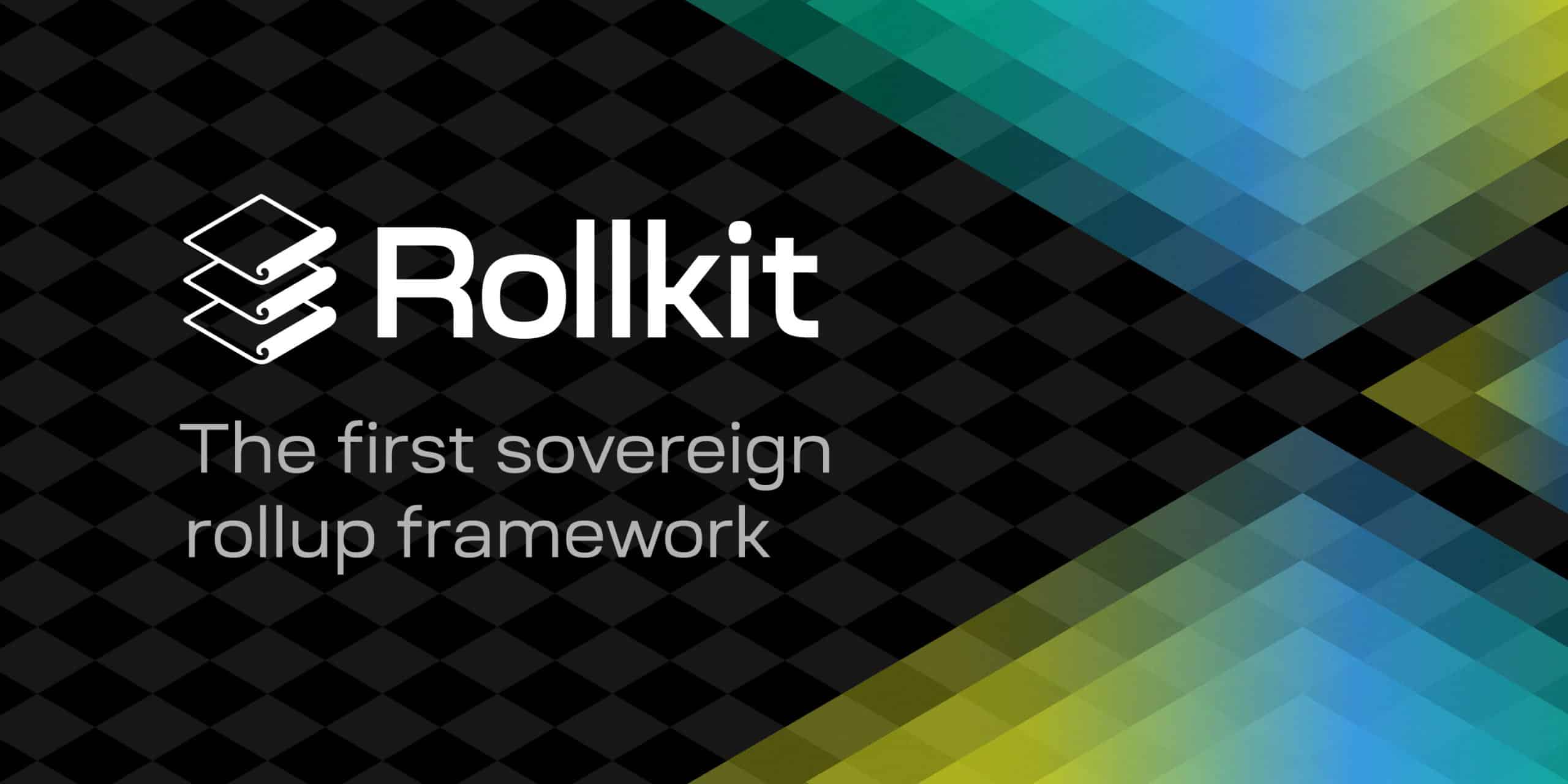
Rollkit: A rollup framework built to utilize modular DA layers. Rollkit allows developers to deploy sovereign rollups that post their data to Celestia’s DA layer, benefiting from scalable and secure data availability without relying on Ethereum or other monolithic chains.
-
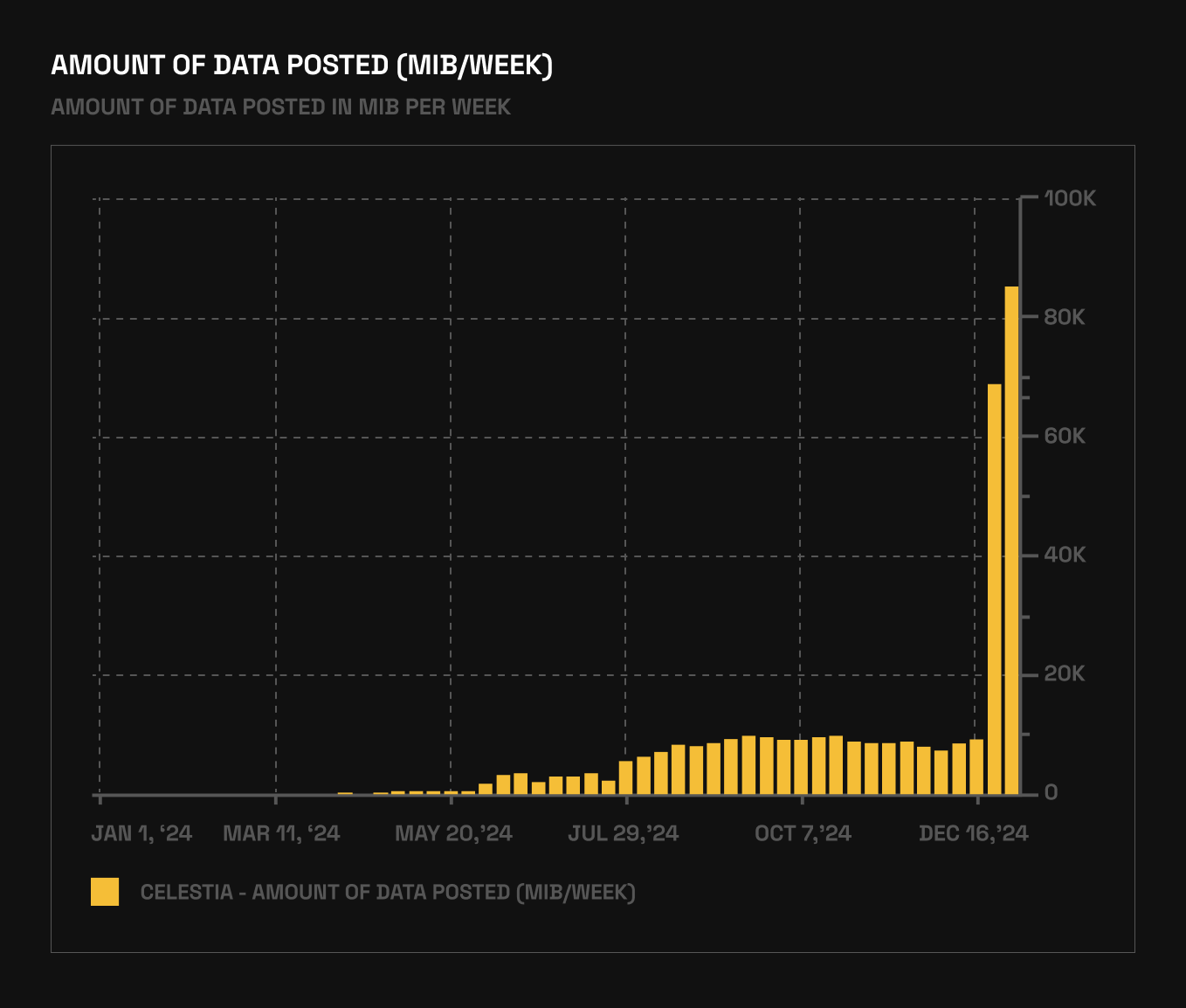
Eclipse: Customizable rollups leveraging Celestia for data availability. Eclipse enables developers to build high-performance rollups with customizable execution environments, while offloading data availability to Celestia for improved scalability and efficiency.
-
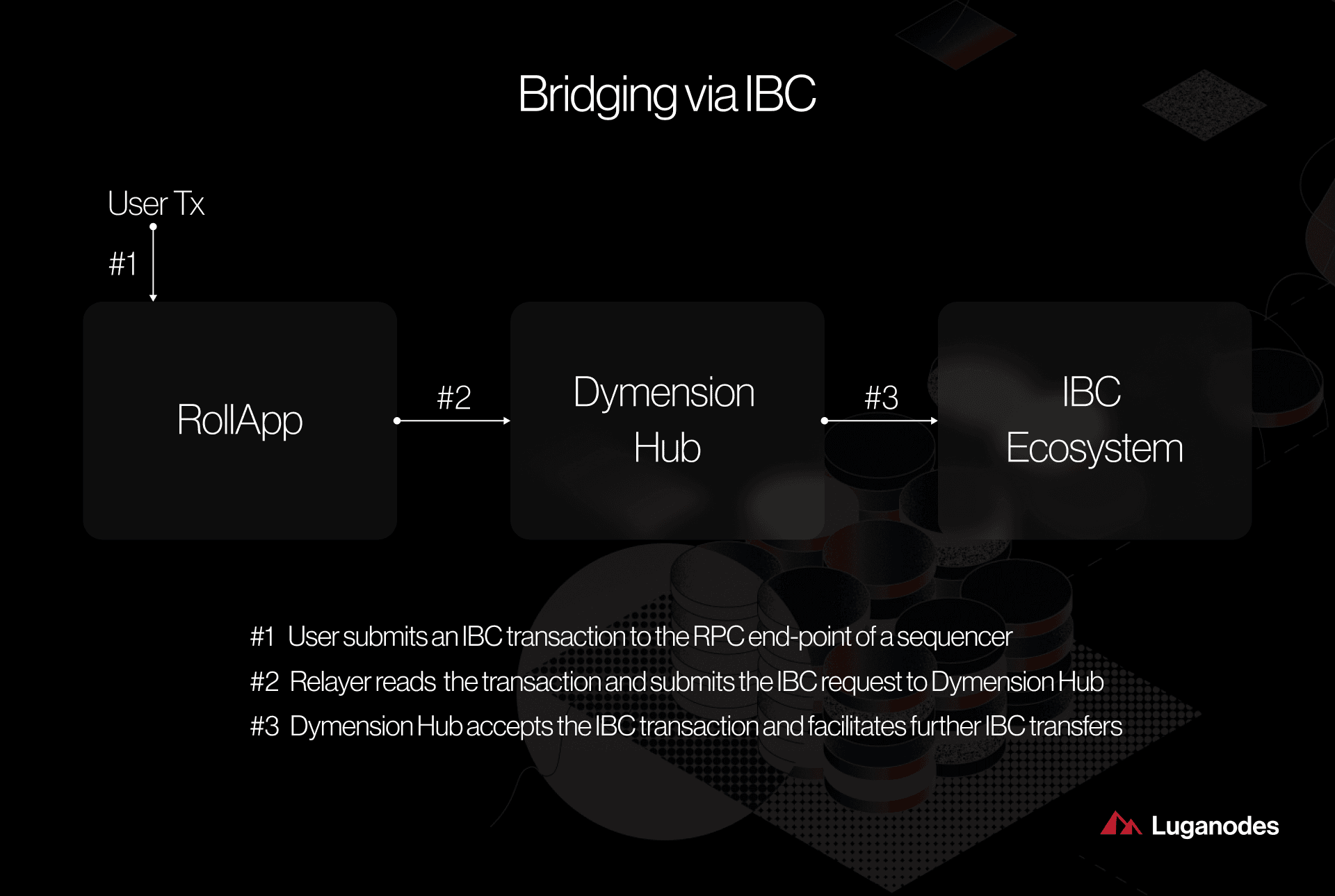
dYmension: A modular network of rollapps. dYmension uses Celestia as its data availability layer, allowing its ecosystem of rollapps (modular application-specific blockchains) to scale efficiently and securely.
-
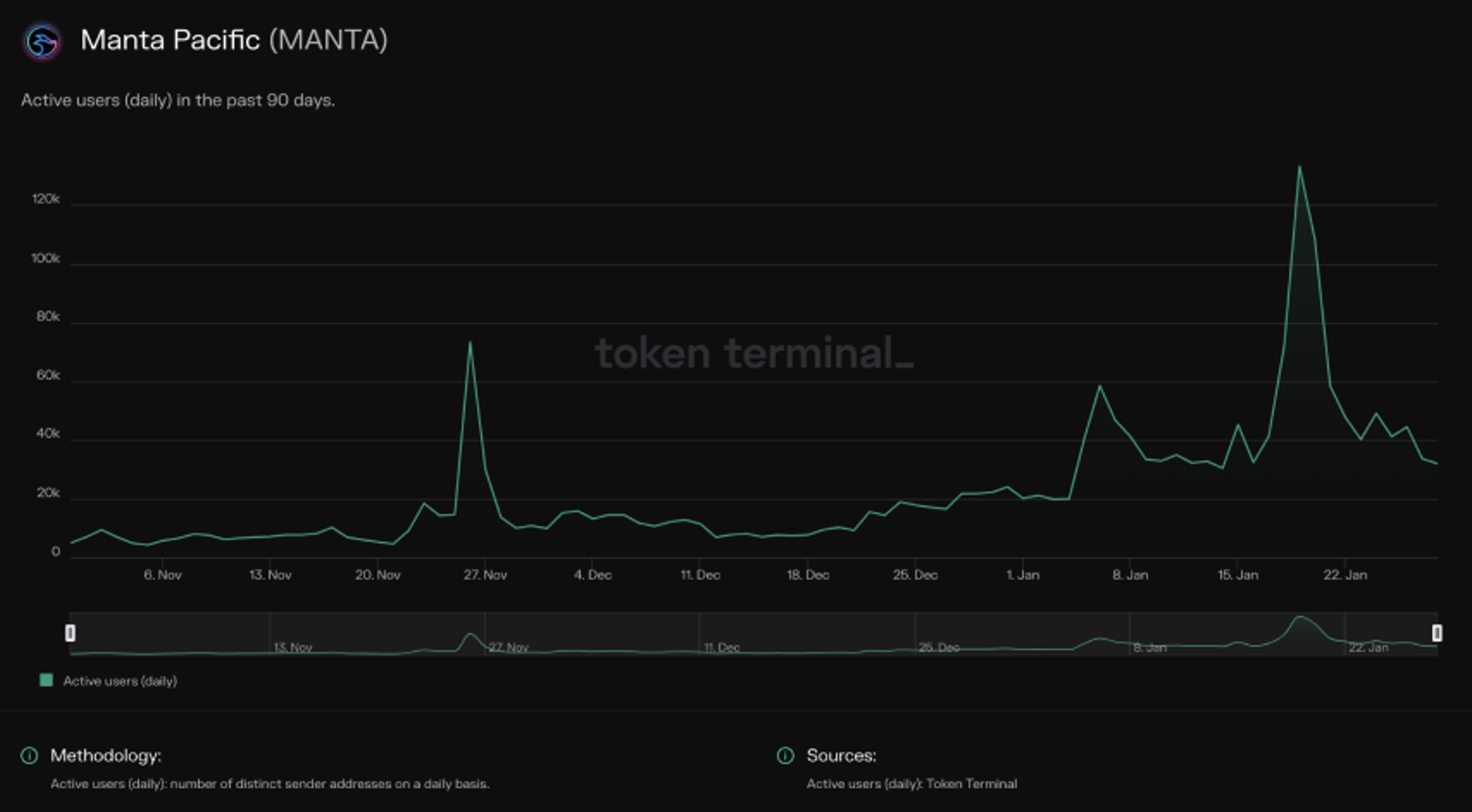
Manta Pacific: A zkEVM Layer 2 solution using Celestia’s DA layer. Manta Pacific leverages Celestia to ensure scalable and verifiable data availability for its privacy-focused, zero-knowledge rollup on Ethereum.
Unlike monolithic chains, where every node is burdened with the entire data payload, modular data availability layers let blockchains scale horizontally. This means that as demand increases, the network can onboard more users and process more transactions without each validator or light client being overwhelmed by storage or bandwidth requirements. In practice, this unlocks planetary scale blockchain potential, something that seemed unattainable under Merkle tree-centric designs.
For developers and researchers focused on blockchain storage challenges, this shift is pivotal. Modular DA layers abstract away the hardest parts of ensuring data is both available and verifiable. By leveraging DAS and NMTs, projects like Celestia have demonstrated that you can preserve cryptographic guarantees while making participation accessible to a wider range of hardware profiles. This democratizes consensus and validation roles, which is essential for a truly decentralized future.
How Modular DA Layers Enable Linear Scalability
The most exciting outcome of modular DA architecture is linear scalability. Rather than hitting hard throughput ceilings imposed by Merkle tree scaling issues, modular blockchains can grow their transaction capacity in tandem with user demand. As described in this GoldRush deep dive, each layer in a modular stack can be independently upgraded or optimized, so bottlenecks are isolated and solvable without requiring a full network overhaul.
This approach also empowers the rapid development of application-specific rollups and sovereign app-chains. These rollups can share a single DA layer for publishing their transaction data, benefiting from robust data availability guarantees without duplicating infrastructure or fragmenting security.
- Rollup scalability: Layer 2 solutions built atop modular DA layers see drastically increased throughput since they offload data publication to the shared layer.
- Reduced SPV proof size: Light clients verify transaction inclusion using compact proofs thanks to DAS and NMT innovations.
- Ecosystem interoperability: Multiple chains can collaborate securely on top of a unified DA backbone, reducing fragmentation risks.
Looking Ahead: The Modular Blockchain Era
The momentum behind modular data availability is unmistakable. As more projects adopt these architectures, and as research into even more efficient sampling or proof systems matures, the days of monolithic scalability bottlenecks are numbered. The flexibility to mix-and-match best-in-class components for execution, consensus, and data publication will drive experimentation across DeFi, gaming, supply chain, and beyond.
If you’re building at the frontier of blockchain technology or simply tracking where the sector is headed next, keep a close eye on advances in modular DA layers like those pioneered by Celestia. They are laying the groundwork for blockchains that can finally meet global demand, without compromising on decentralization or trustlessness.
Key Takeaways for Developers Exploring Modular DA Layers
-
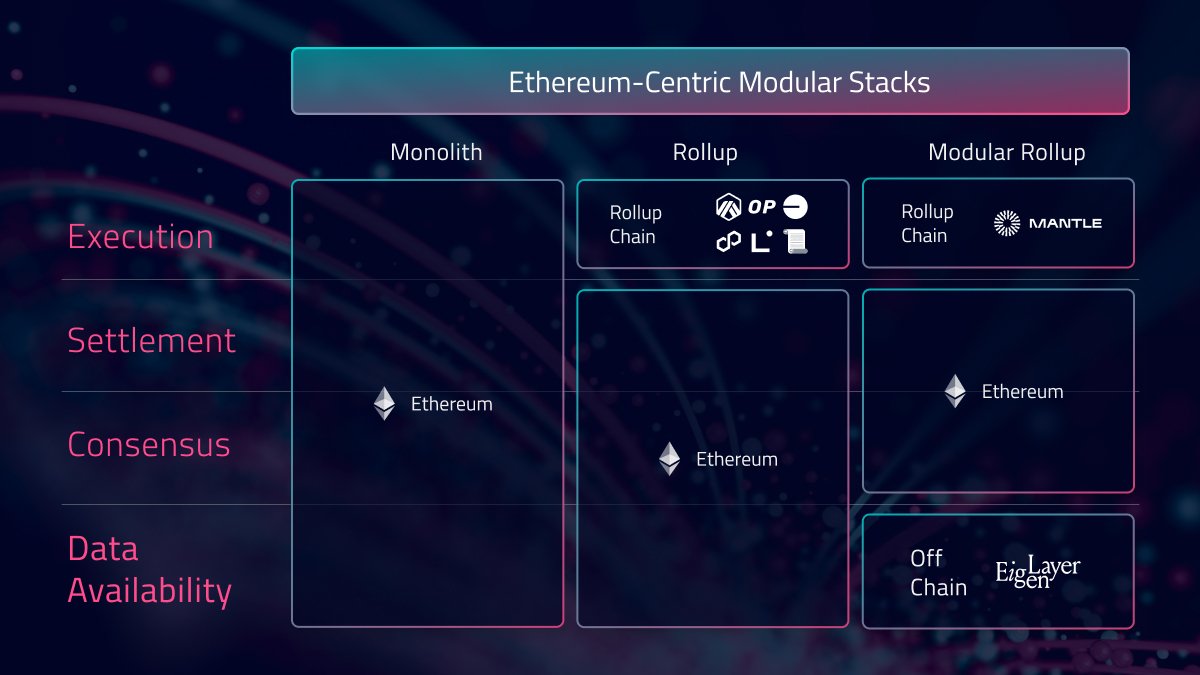
Decoupling core blockchain functions enhances scalability. Modular blockchains separate execution, consensus, and data availability into distinct layers, allowing each to be optimized independently and reducing bottlenecks found in monolithic designs.
-
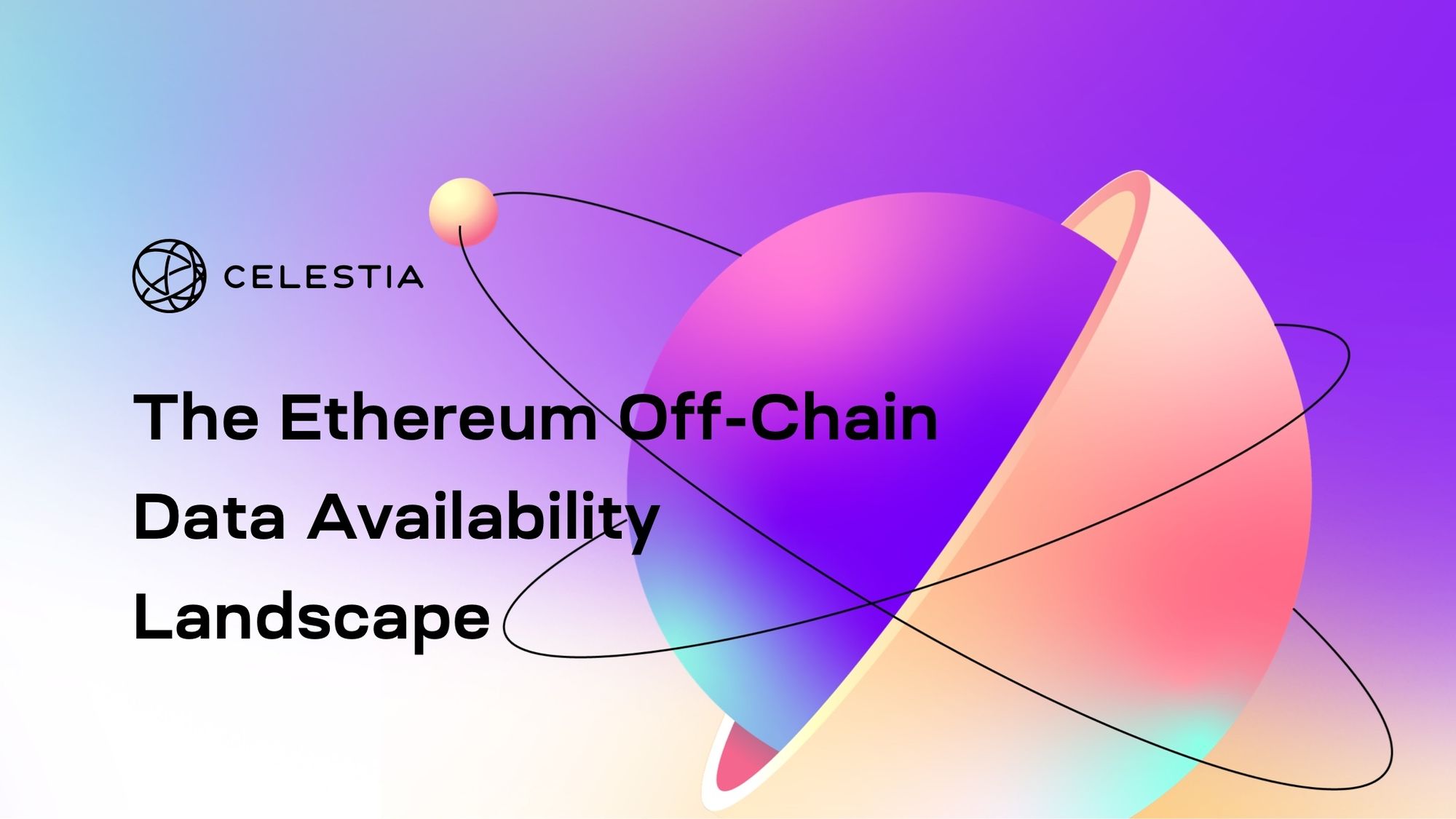
Dedicated Data Availability (DA) layers reduce node resource requirements. By offloading data storage and verification to specialized DA layers, such as Celestia, individual nodes no longer need to store or process the entire dataset, enabling higher throughput and supporting lightweight clients.
-
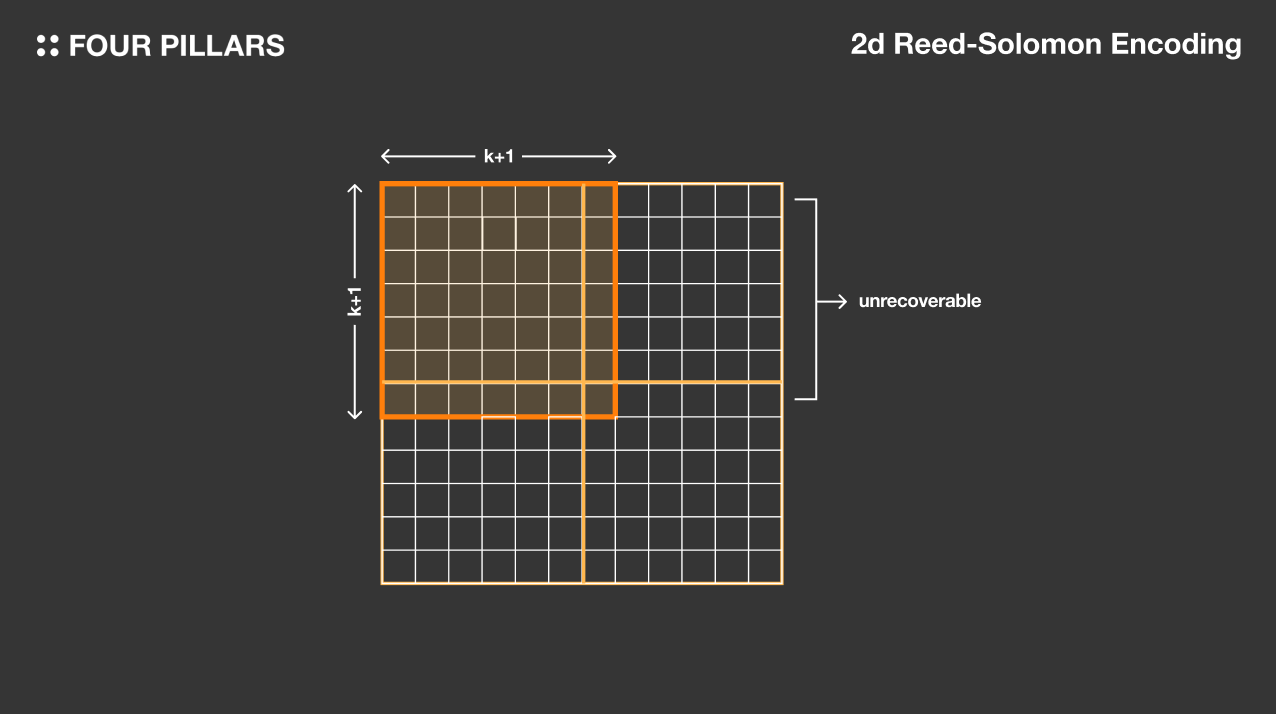
Innovative techniques like Data Availability Sampling (DAS) and Namespaced Merkle Trees (NMTs) improve efficiency. DAS allows light nodes to verify data availability by sampling small data portions, while NMTs enable data partitioning for more targeted verification—both pioneered by Celestia.
-
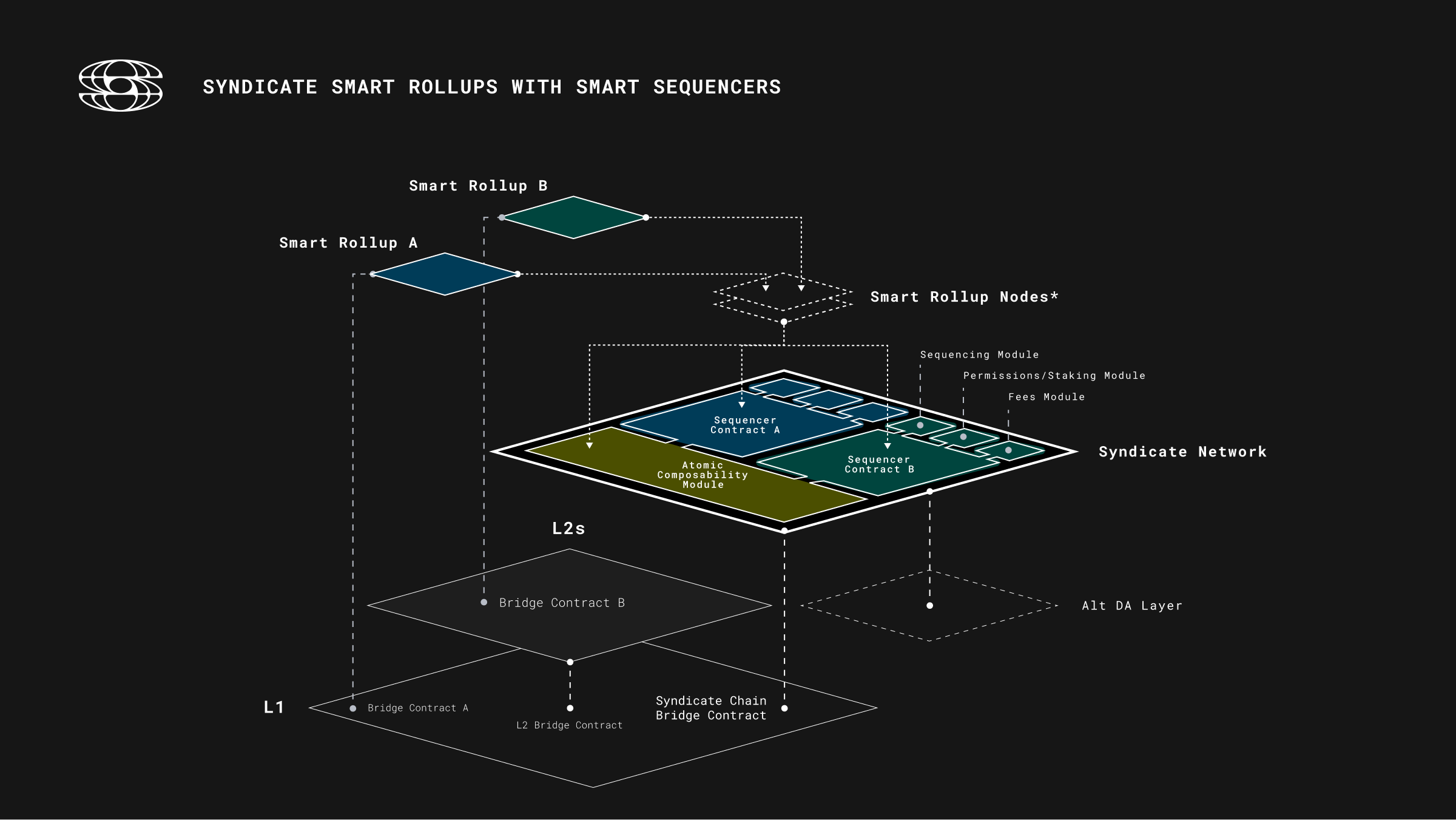
Facilitates development of application-specific chains and rollups. Modular DA layers empower developers to build custom rollups and blockchains that leverage shared data availability, fostering a flexible and scalable ecosystem.
-
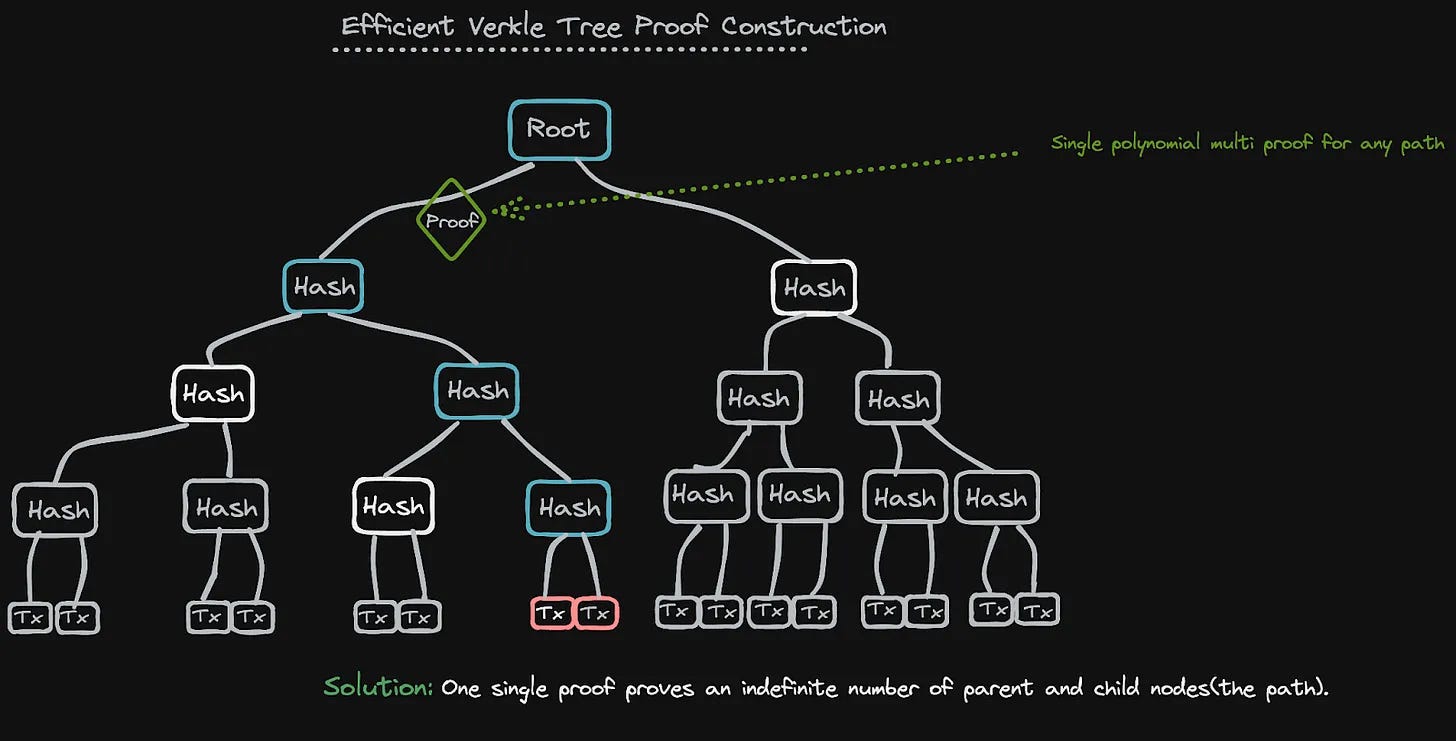
Addresses Merkle tree scalability bottlenecks. Traditional Merkle tree-based DA approaches become cumbersome as blockchains grow, but modular DA layers mitigate these issues, especially for light clients and high-throughput applications.
